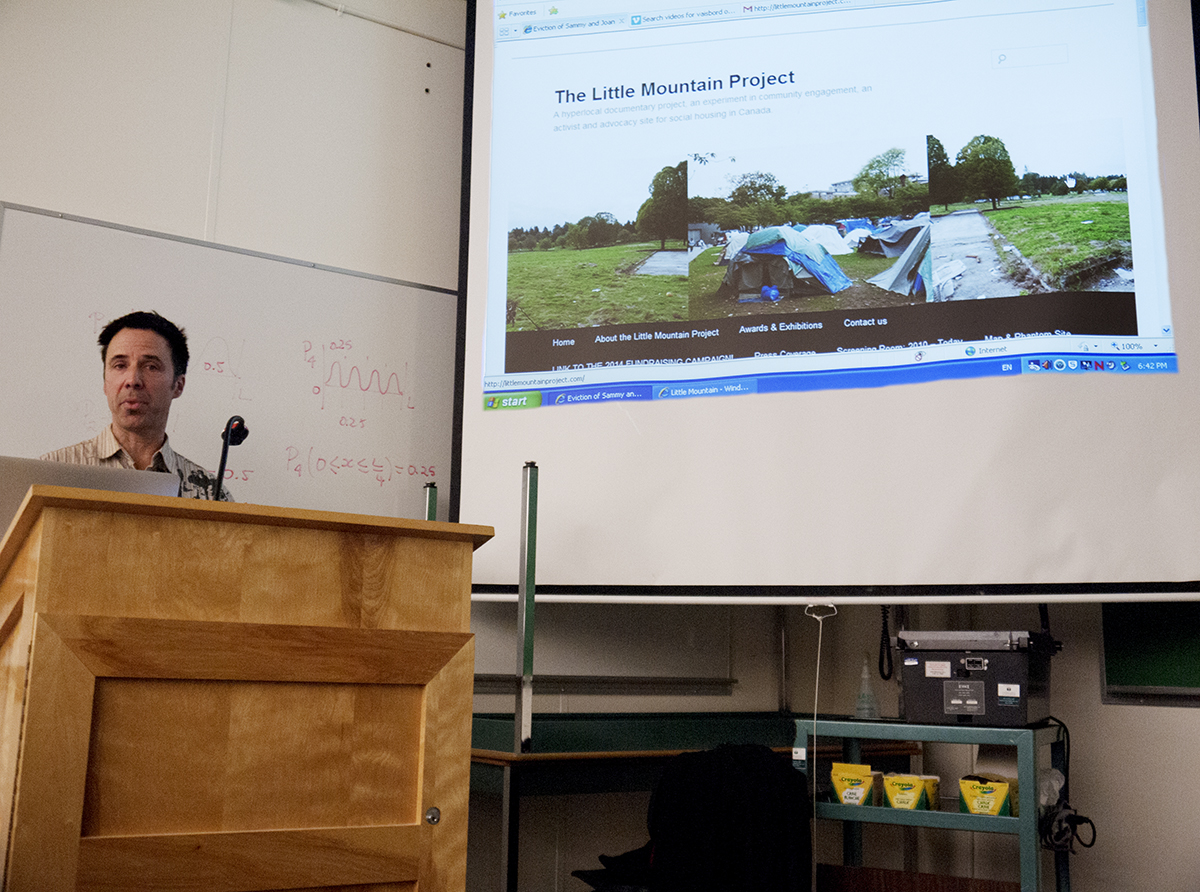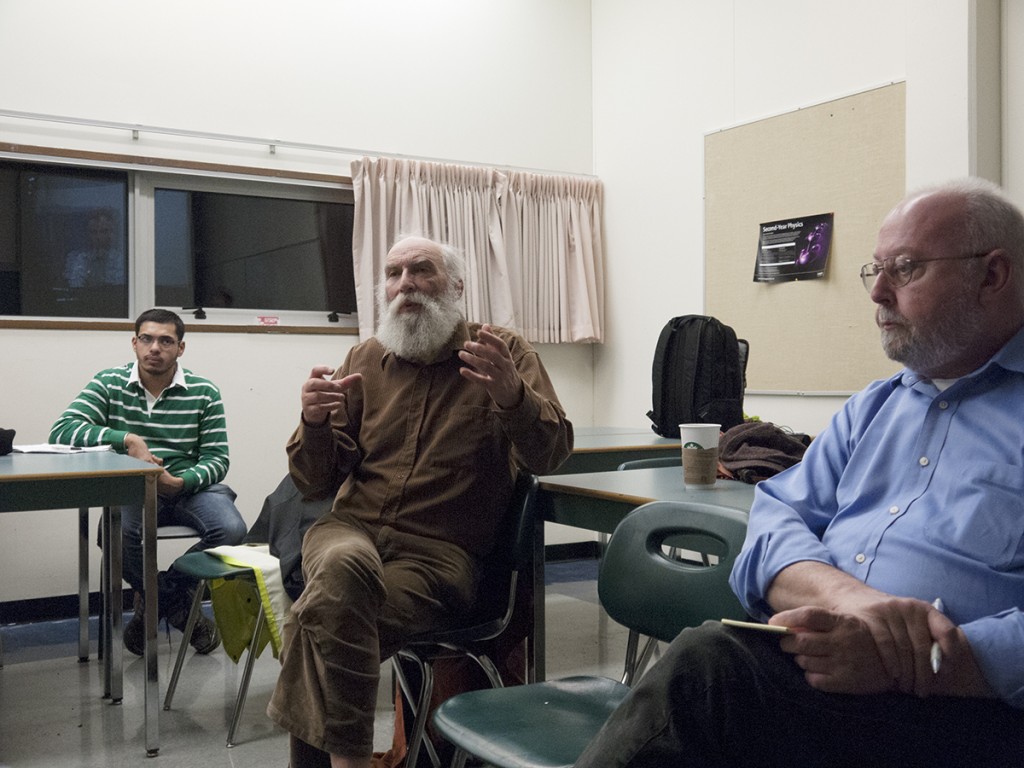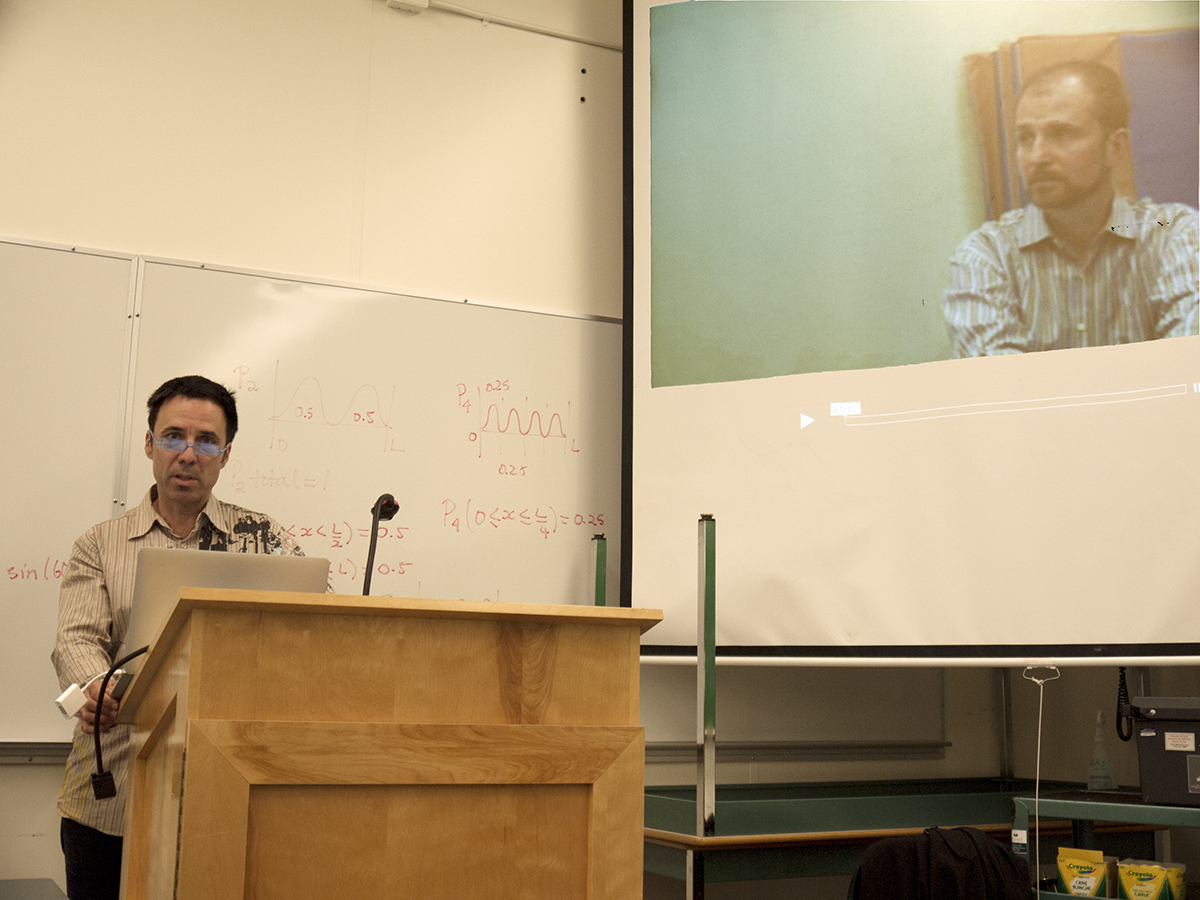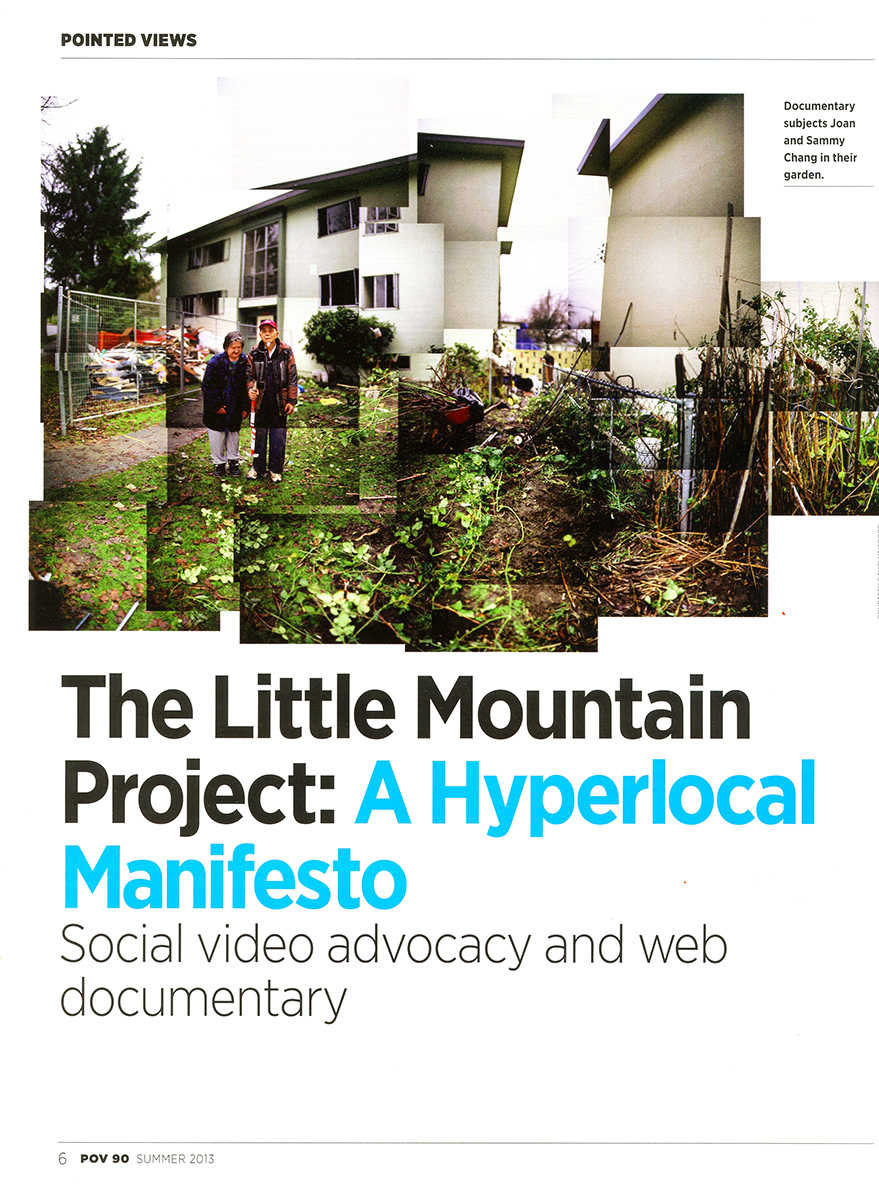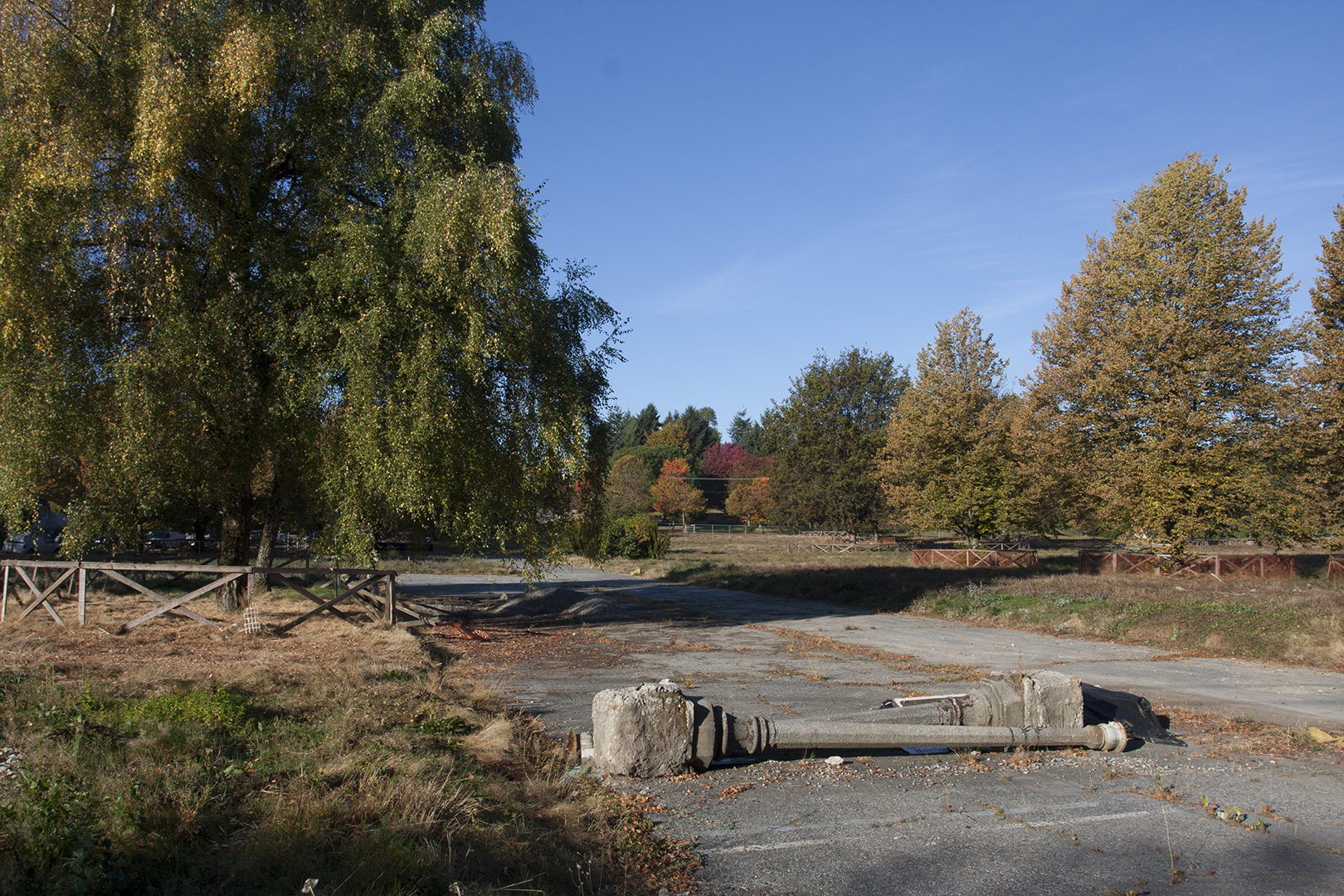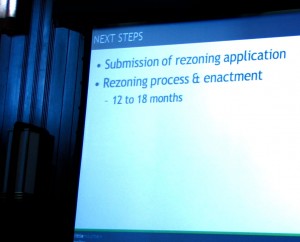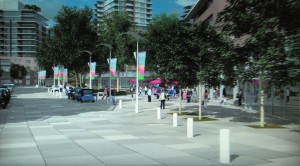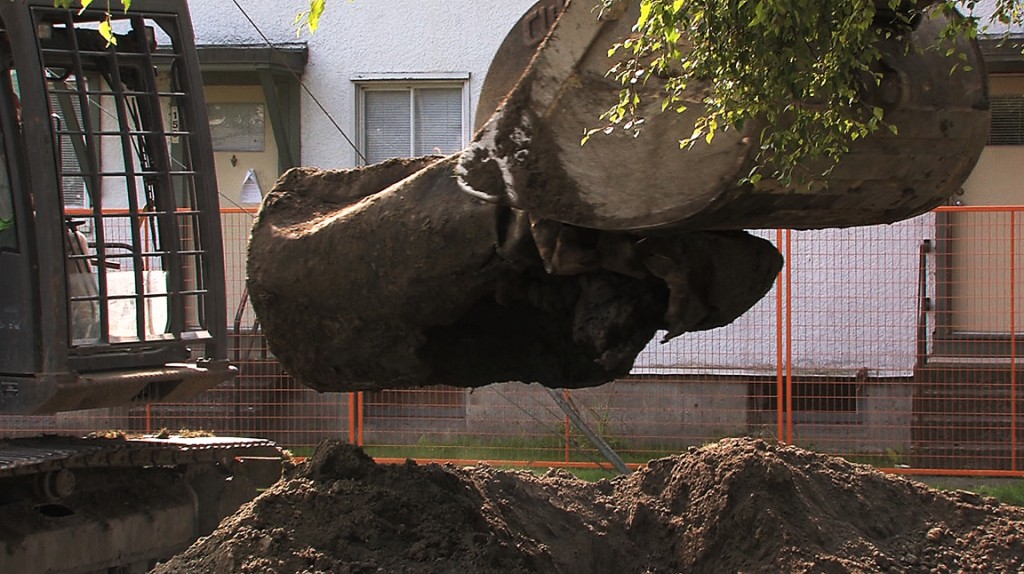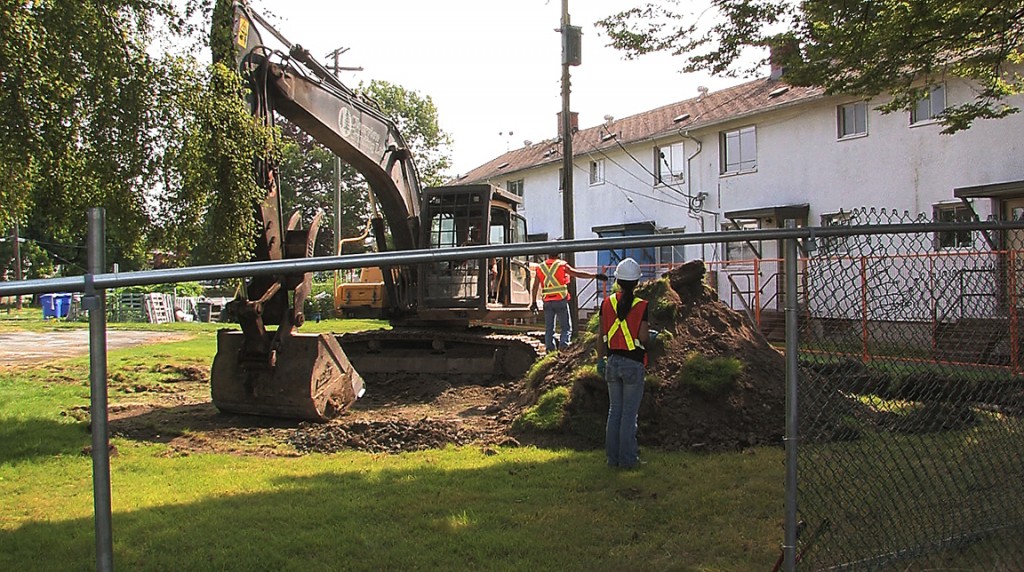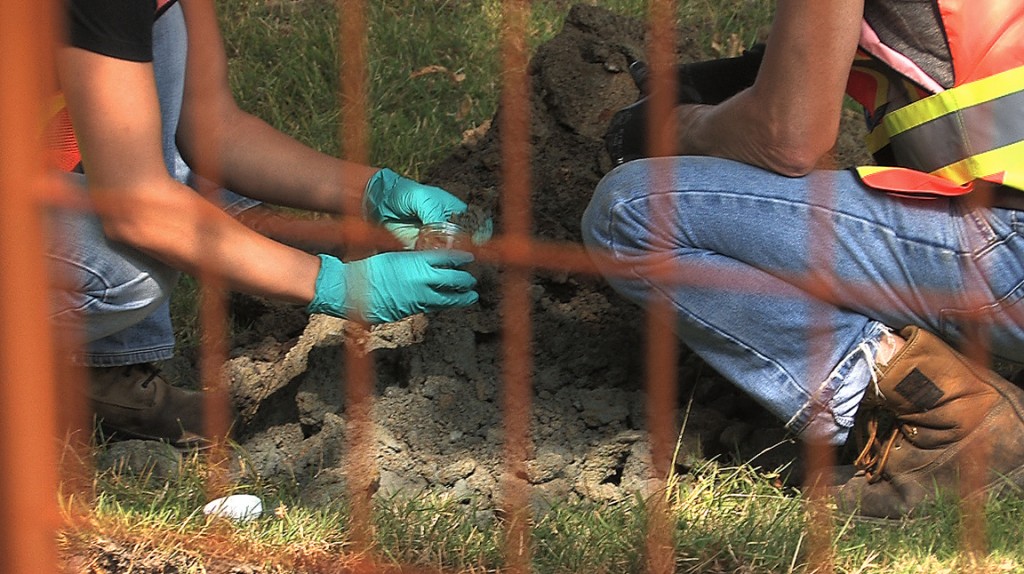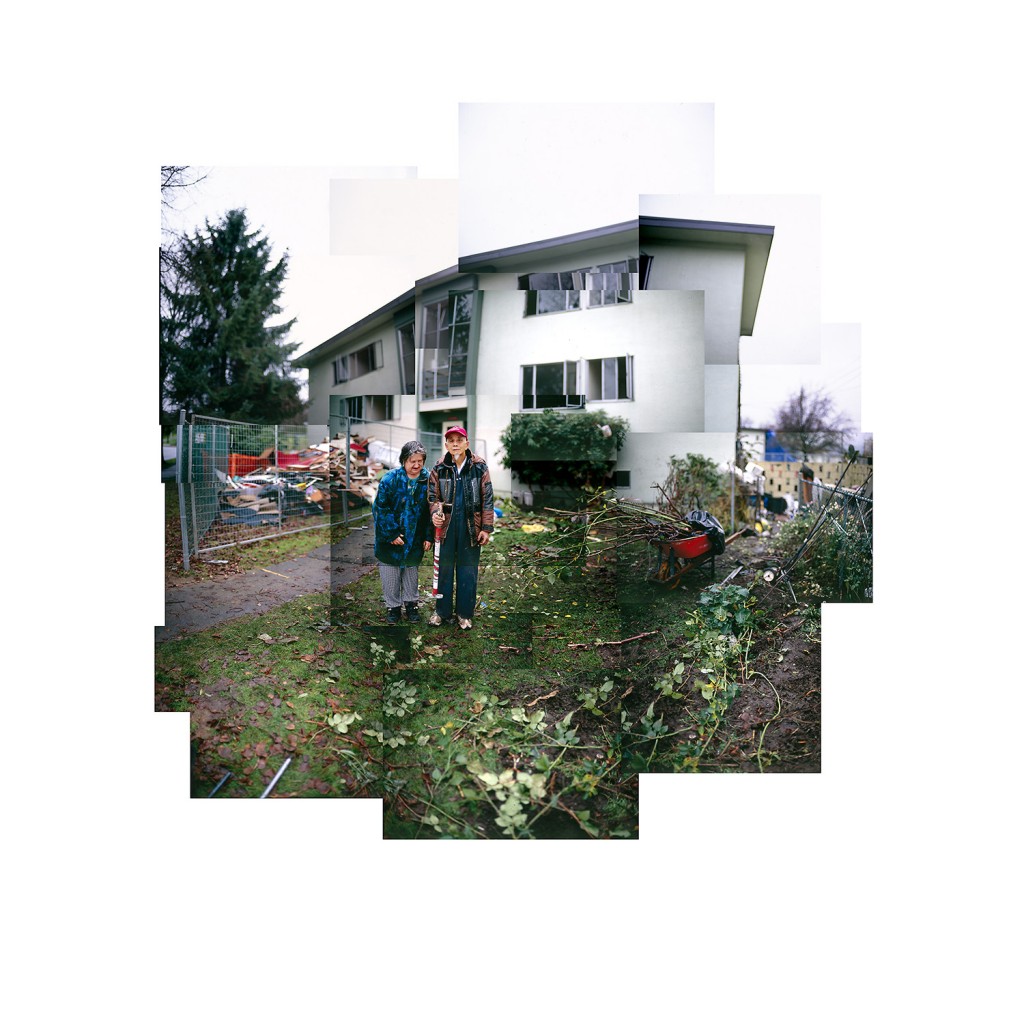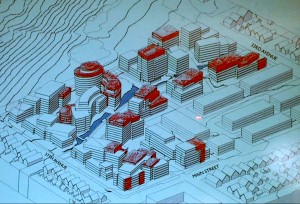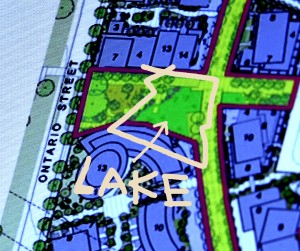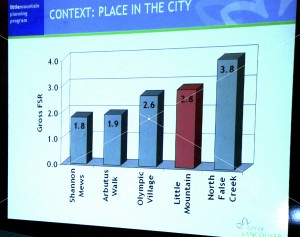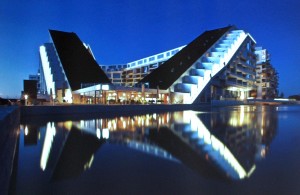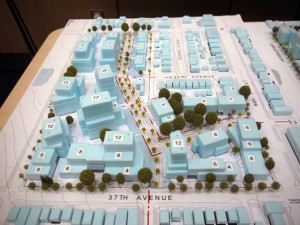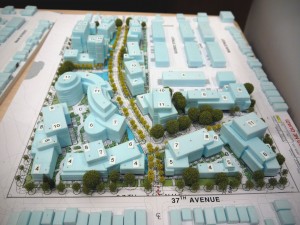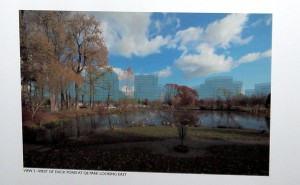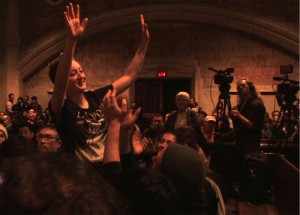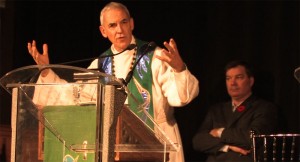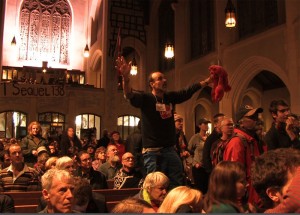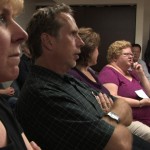(UPDATED April 2024)
David Eby, the Attorney General and Minister Responsible for Housing provided an update on the Little Mountain Housing Scandal on September 10 and spoke about the new MOU.
The new Memorandum of Understanding can be found below within the BC Housing Website – just look at the sidebar to the right to download the PDF.
Here’s the link: https://www.bchousing.org/projects-partners/development-projects/vancouver-little-mountain
The PDF specifies that all of the remaining social housing will be built by 2024.
BC Housing’s updated 2024 website page does not mention that the contract was not fulfilled (as usual with PR). BC Housing’s updated website claims that the two remaining social housing buildings will be started this year: “Two additional non-market buildings are expected to break ground this year.”
Watch this YouTube video of Eby’s the entire press conference – more links below.
Vancouver Mayor Sam Sullivan’s (2006 – 2009) NPA majority City Hall signed the first Memorandum of Understanding in 2007 with the BC Liberal Government. That MOU approved of the demolition of Little Mountain and included words that implied that real consultation with the tenants would take place, but those consultations never happened. Mayor Gregor Robertson‘s VISION majority council swept away Sam Sullivan’s NPA council, but did not challenge or alter the MOU, though it was in their power to do so. Gregor Robertson is gone from Vancouver civic politics. Over the last 5 years various governments at City Hall, Victoria, and Ottawa that held power during the demolition of Little Mountain (2008 – 2014 have undergone a complete change over.
The MOU named FOUR entities: BC Housing, the Province of BC, the City of Vancouver and Holborn Properties as co-signatories to an agreement to accelerate construction of social housing on the site by 2024. At the bare minimum, members of the community whose homes were destroyed, should also be included as one of the entities who have oversight over the building of nearly 200 new homes from 2021 – 2024.
How will BC Housing make it right, for the former tenants of Little Mountain? The dismal performance of BC Housing with respect to the former tenants of Little Mountain behooves that it include all of the children of all of the former tenants of Little Mountain in their plans to re-populate the new housing, when (and if) they are ever built.
Already there are lessons to be learned from the shoddy construction of the first building that was built on the site in 2012, where the word “cheap” epitomizes everything from the quality of the materials to the design of the interior living spaces/environments. A full Post Occupancy Evaluation of that first building is necessary before the new buildings are built so that in the haste to rebuild, Holborn will not once again be selling this community short.
So what could the developer, Holborn do to redeem a reputation that is tarnished beyond redemption? They could begin by building the best social housing in the city. It could be well constructed and designed. It could be as liveable as the previous housing and attempt to replicate room for room, and square foot for square foot, the size of the suites that were destroyed. 16 years after their destruction.
The documentary film THE HOUSING GAMES, (now FORGETTING LITTLE MOUNTAIN) is nearing completion. There is a completed Rough Cut, and we’re looking for financial support to help us get to the final edit. If we get that support we’ll be done sooner, than later. We are aiming for a release in 2024. The revelation of the secret deal completes a final chapter in this story about the tragedy of Little Mountain, and opens an entirely new set of questions about why the deal was written, by whom, and in whose interests?
David Vaisbord — Filmmaker
In my previous post I discuss who was responsible for revealing the Secret Deal.
More links to RECENT PRESS ON LITTLE MOUNTAIN
CBC – ‘Someone needs to be held accountable’: Vancouver councillor says B.C.’s Little Mountain loan was a ‘bad deal.” https://www.cbc.ca/news/canada/british-columbia/little-mountain-land-sale-reaction-1.6161389
CBC – Developer, province agree to speed up construction on Little Mountain housing after ‘abhorrent’ deal exposed. https://www.cbc.ca/news/canada/british-columbia/little-mountain-lands-vancouver-memorandum-of-understanding-1.6171659
GLOBE AND MAIL – B.C. reaches agreement with developer to speed up social housing construction at Little Mountain site https://www.theglobeandmail.com/canada/british-columbia/article-bc-reaches-agreement-with-developer-to-speed-up-social-housing/

